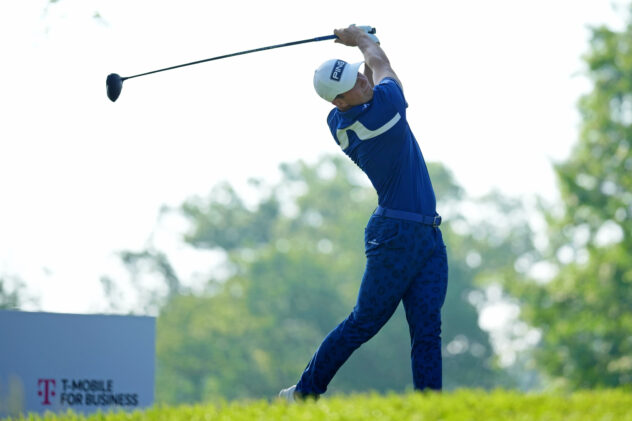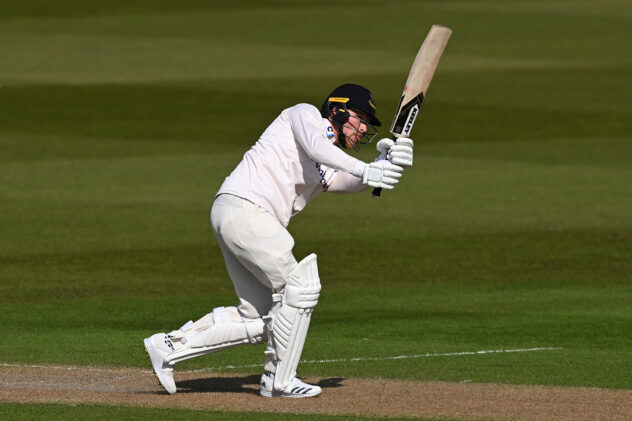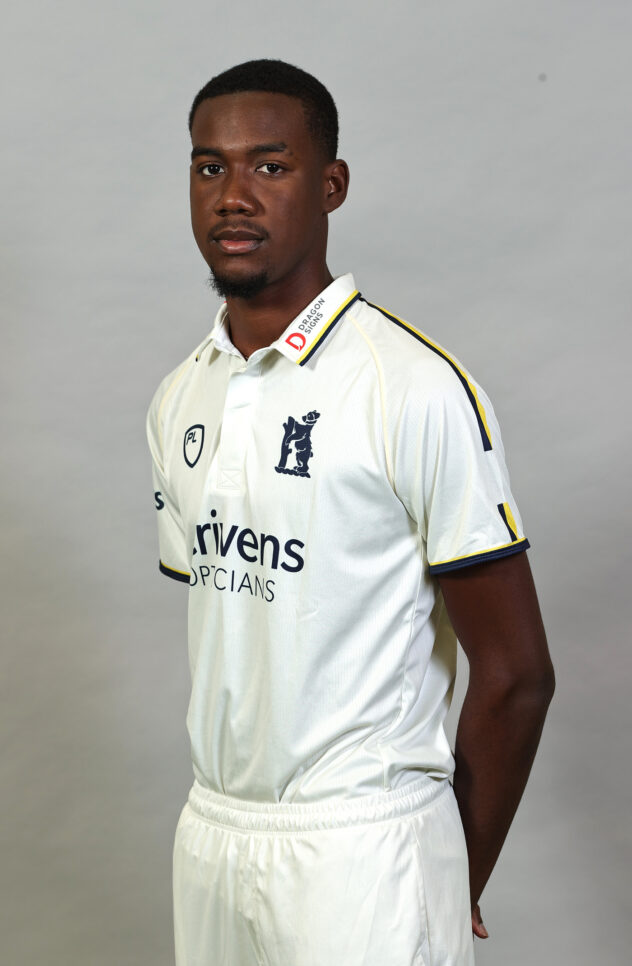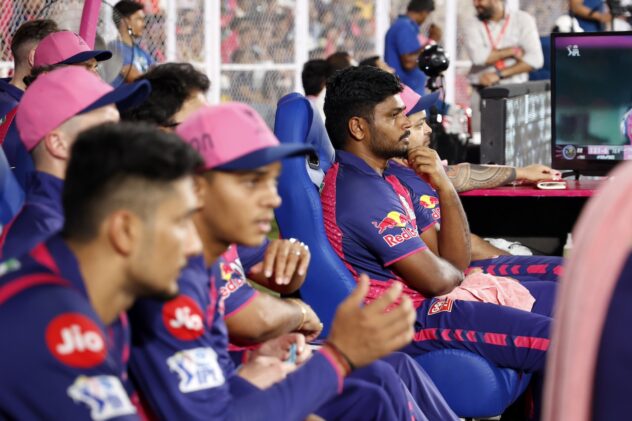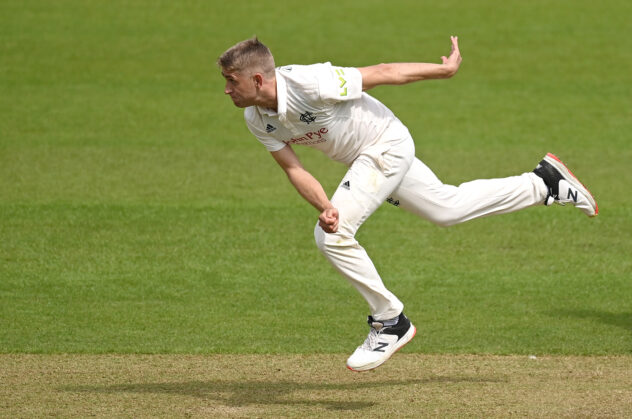Ping G430 Max, G430 LST, G430 SFT drivers

Gear: Ping G430 Max, G430 LST, G430 SFT drivers
Price: $600 for the G430 Max or G430 SFT with Ping Alta CB Black 55 shaft, Project X HZRDUS Smoke Red shaft or Mitsubishi Kai’ Li White shaft and Golf Pride 360 Tour Velvet grip. $630 for the G430 LST.
Specs: Forged titanium face and chassis with adjustable weights and adjustable hosel. Carbon fiber crown for the LST. Lofts: 9, 10.5, 12 degrees for the G430 Max; 9, 10.5 degrees for the G430 LST; 10.5 degrees for the SFT
Available: Jan. 26
Who They’re For: The G430 Max is the most stable and forgiving of the new offerings, while the SFT version has the most significant draw bias to help slicers. The LST model creates the least spin and lowest ball flight.
The Skinny: Ping believes that the G430 drivers’ adjustability and fitting options should allow nearly any player to find a club that offers more distance with increased stability and forgiveness thanks to an improved face design, updated internal rib structures, an adjustable hosel and moveable weights.
The Deep Dive: Ping released the G425 drivers in January 2021, and pros such as Viktor Hovland and Tony Finau quickly transitioned into the new clubs. Last fall, after the 2021-22 PGA Tour season concluded, Ping made the new G430 drivers available to professionals for the first time at the Shriners Children’s Open in Las Vegas. The three new drivers – the G430 Max, LST and SFT – were designed for three different types of players, but they share some core technologies.
What they have in common

The titanium face of the Ping G430 Max driver (David Dusek/Golfweek)
All three G430 drivers have a face forged from T9s+ titanium designed to flex efficiently at impact to maximize ball speed.
While many recreational golfers don’t realize it, driver faces are not flat like an iron’s face. They curve, both from top to bottom and from side to side. These curves are called bulge (the horizontal curve) and roll (the vertical curve), and they are the reason the top portion of most drivers has more loft than the lower area. The added loft in the top of the hitting area creates higher-flying, lower-spinning shots that often maximize distance, while balls hit in the lower portion of the hitting area often fly lower and have increased backspin.
In the Ping G430 drivers, instead of having a consistent curvature from top to bottom, designers modified the curve so it is flatter in the top area and curves down more in the lower section to reduce spin. Ping said the result is more consistency in backspin and flight over a larger portion of the hitting zone.
Ping also added a pair of internal ribs in each of the G430 drivers and changed the head shapes compared to the G425 drivers, which resulted in a harmonic change and improved sound.

The adjustable hosel allows players and fitters to change the loft and lie angle. (David Dusek/Golfweek)
All three G430 drivers have been designed with an eight-position adjustable hosel that Ping calls Trajectory Tuning 2.0. It lets golfers and fitters increase or decrease the club’s loft by as many as 1.5 degrees and change the lie angle to as much as 3 degrees flat.
All three drivers also have Turbulators, six fang-like pieces that extend back from the topline. Ping said they help air flow efficiently over the club’s top to boost speed.
G430 LST

Ping G430 LST driver (David Dusek/Golfweek)
From a design standpoint, the most significant difference between the LST (low spin technology) and the other G430 models is Ping designed it with the first carbon fiber crown in a Ping driver since 2006’s Rapture driver.
The carbon Flywrap crown covers the back half of the head and curves around the sides in the heel and toe areas. The carbon piece is just 0.28 inches thick and weighs 11.5 grams, saving 4 grams over a comparable titanium crown.

Carbon fiber in the crown of the Ping G430 LST driver lowers the center of gravity. (David Dusek/Golfweek)
The result of using a carbon fiber crown is more of the head’s overall weight is in the lower part of the head. That helped Ping drive down the center of gravity compared to the G425 LST. The G430 LST has the lowest center of gravity of any Ping driver, and it is also more forward, so the G430 produces more ball speed with a lower spin rate and lower launch.
The G320 LST, available in 9- and 10.5-degree versions, has a three-position, 22-gram weight in the back that can help golfers and fitters create a draw or fade bias. Ping said players can expect up to 7 yards of shot-bending change from one setting to the other.

The G430 LST has an aerodynamic shape. (David Dusek/Golfweek)
Compared to the G425 LST that it replaces, the G430 LST creates about 1 mph more ball speed, nearly the same launch angle and almost 300 rpm less spin, which Ping said will result in about 6 to 7 more yards in carry distance.
G430 Max

Ping G430 Max driver (David Dusek/Golfweek)
The G430 Max driver is available in 9-, 10.5- and 12-degree versions and has a three-position, 25-gram tungsten weight in the back of the head. Moving the weight to the heel side creates a draw bias for golfers who slice or want to enhance a right-to-left shot, while positioning the weight in the toe area encourages a fade.
Ping said the moveable weight, which the company calls CG Shifter, creates 10 yards of shot-shaping bias.

The tungsten weight in the back of the G430 allows the club to have either a draw or fade bias. (David Dusek/Golfweek)
That large weight also helps pull back the center of gravity away from the hitting area, which boosts the moment of inertia and increases stability.
G430 SFT

Ping G430 SFT driver (David Dusek/Golfweek)
Ping offers the G430 SFT (straight flight technology) for golfers who struggle with a slice. Like the other G430 drivers, it has an updated face design, adjustable hosel, improved sound and aerodynamic-enhancing Turbultors on the crown. It also has a two-position, 22-gram weight on the back of the head.
Previous SFT drivers have not offered a moveable weight, but golfers and fitters can now choose between a Draw and a Draw+ setting. More weight is in the heel in both positions, so the face should close more easily on the downswing. In the Draw+ setting, golfers will see up to 7 more yards of right-to-left trajectory.
The G430 SFT is only available in a 10.5-degree version.






